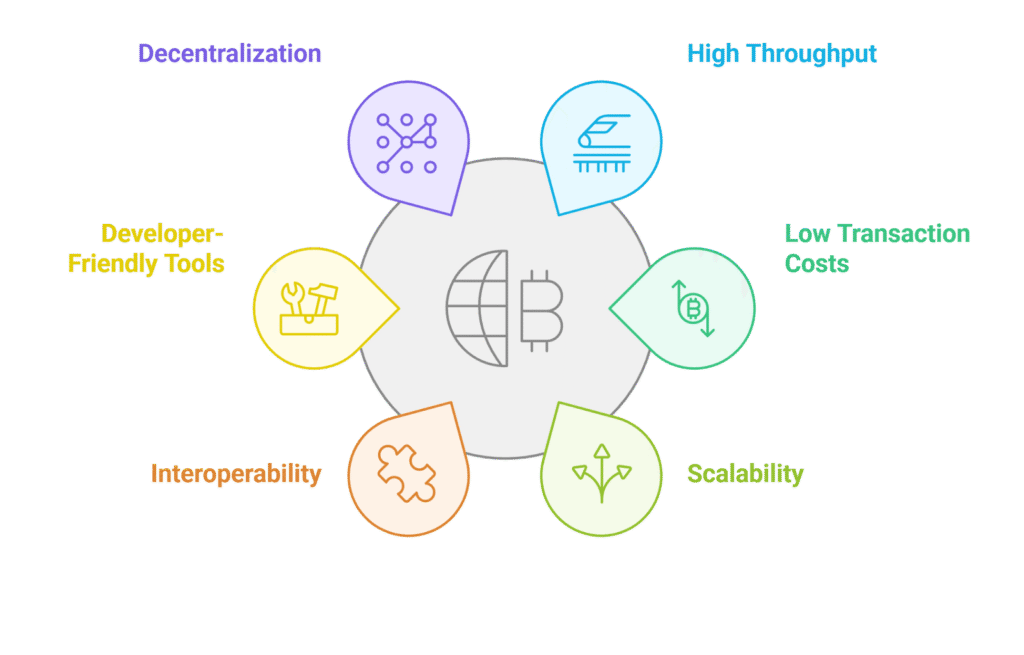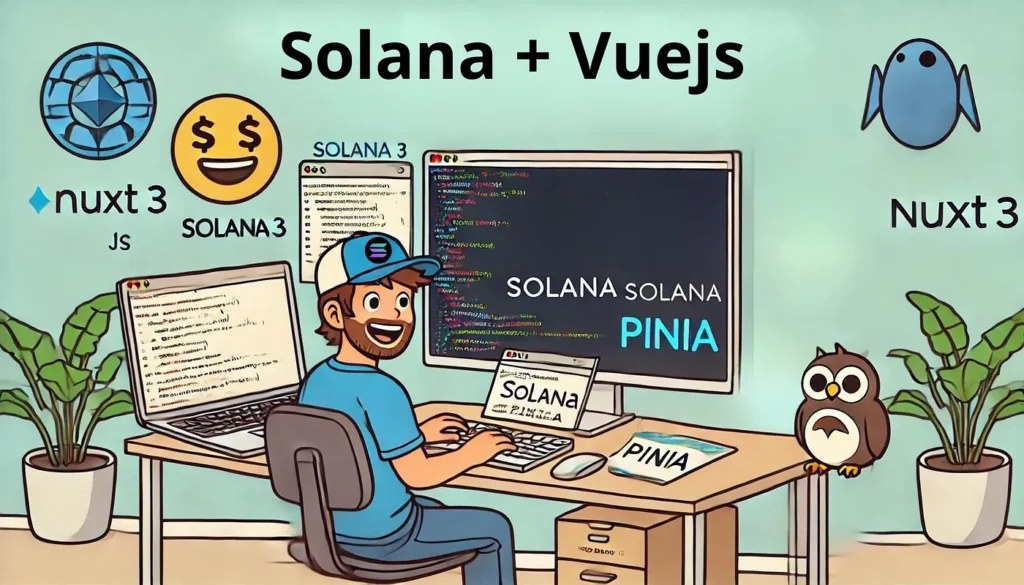Before I get too deep, let’s talk about why decentralization—especially with Solana in the mix.
I mean, what’s wrong with just building another web app with Stripe and Firebase?
Well, nothing. But here’s what bugged me: ownership.
A lot of devs contribute to open-source, write patches, build stuff… and what do they get?
Maybe a thank you. If they’re lucky, a coffee.
But I wanted to build a system where contributions had actual value. A smart contract that guarantees:
“Hey, you solve this bug, you get this bounty. No middlemen.”
Also: censorship resistance. A regular platform can boot you off. A decentralized one? Not so much.
Plus, I just wanted to mess with crypto tech. That too.
Solana

Solana is kind of a beast. It’s fast—like, REALLY fast—but the dev environment? Not exactly plug-and-play.
I spent more than a couple of nights just trying to figure out how accounts and wallets work.
There were moments I nearly rage-quit. Like when my smart contract (or “program” in Solana-speak) kept failing silently and I had zero clue why. But once I got through that mess and deployed my first little test bounty contract… man, it felt good.
Like, “I just built the future” kinda good.
Solana’s low fees make it great for micro-transactions.
That was a big win for this project. Can’t be paying $20 in gas just to claim a $10 bounty, right?
Vue.js
While I was wrestling Solana, Vue was like that chill friend who brings you snacks and tells you it’s gonna be okay.
I used Vue 3 with the Composition API, but I didn’t go too fancy. Just:
- Basic routing
- A dashboard
- A couple of forms to create and claim bounties
The goal was to make the UI dead simple:
- Problem title
- Description
- Tags (you know, like #bug, #frontend, #AI, whatever)
- Bounty in SOL (Solana’s currency)
Click “Post,” sign with your wallet, and boom—it’s on the blockchain.
Another cool bit: wallet integration.
I used a browser wallet like Phantom, and connecting it with Vue wasn’t too painful.
A couple of hiccups, but nothing a little Stack Overflow diving couldn’t fix.
The Real-World Bit
I shared a rough beta with a few dev friends. And surprise! They actually used it.
One guy in Argentina fixed a frontend bug for someone in Berlin. Got paid in SOL, converted it locally, and used it to buy groceries.
That’s when it hit me: this isn’t just code—it’s real utility.
Someone else submitted a bounty to fix an integration issue with a no-code tool.
It was fun watching strangers collaborate across time zones, with no central platform playing god over who gets paid and who doesn’t.
Lessons
Alright, time to be honest about the mess-ups.
Mistake #1: I didn’t think enough about spam.
Once people realized they could post anything with a bounty, the trolls came.
Had to implement a minimum bounty and some wallet-based rate-limiting.
Mistake #2: I skipped proper error handling at first.
Bad idea. Especially with wallets involved.
Users hate signing transactions that lead nowhere.
Mistake #3: Not planning for dispute resolution.
What if someone says they completed a bounty, but the poster disagrees?
I still don’t have a great answer for that. Maybe a community voting system? Or escrow?
Anyway, it’s all part of the journey, right?
What I’d Do Differently
- Build a reputation system early on. Let users earn trust scores based on past bounties.
- More notifications. Right now, unless you check the site constantly, you miss stuff.
- And yeah, maybe not launch on a Friday night while sleep-deprived. That was… unwise.
Conclusion
Look, I’m not saying this is the next big thing.
It’s scrappy. It’s a bit glitchy. But it’s real.
And that’s what makes it exciting.
There’s something magical about creating a little portal where code problems meet real rewards.
Where people don’t just “contribute” for exposure but actually earn something.
And the best part? It’s out of anyone’s control.
No company. No moderator. Just code and contracts and devs being devs.
If you’ve ever thought of building something like this—do it.
Doesn’t have to be Solana. Doesn’t have to be Vue.
Read our more blogs-Building a Decentralized Clinical Trial Platform with Corda and Vue.js



Pingback: Three.js & NOAA Powered Real-Time Aurora Visualizer